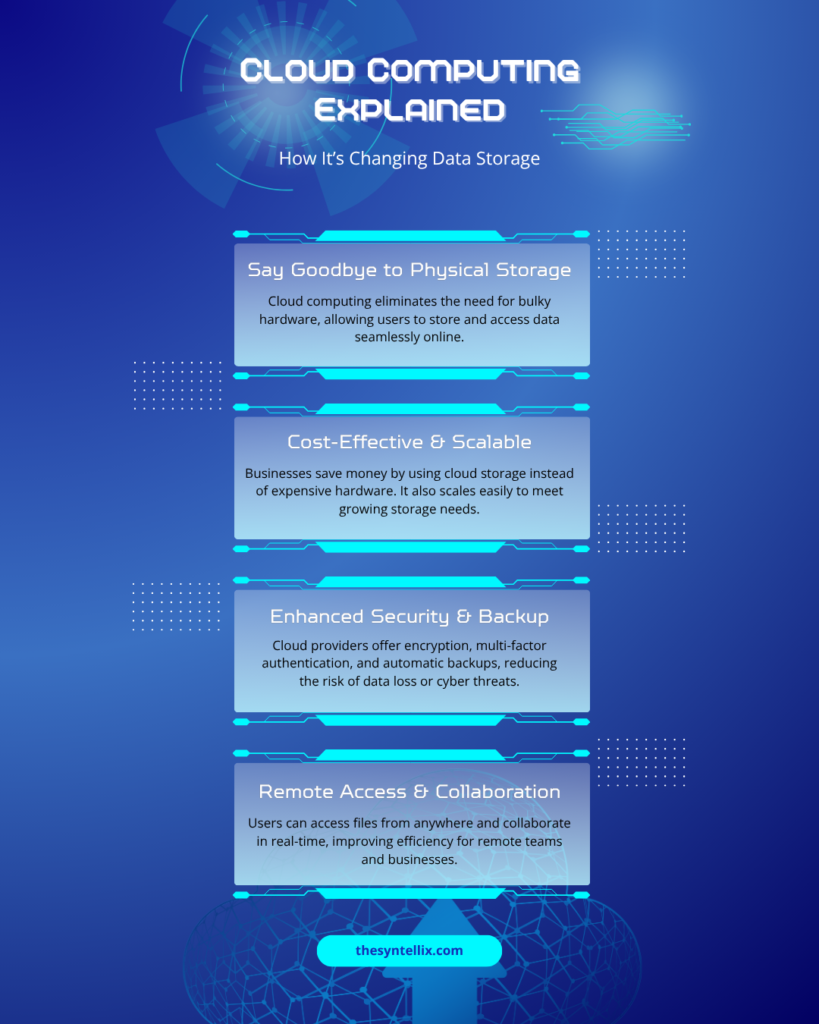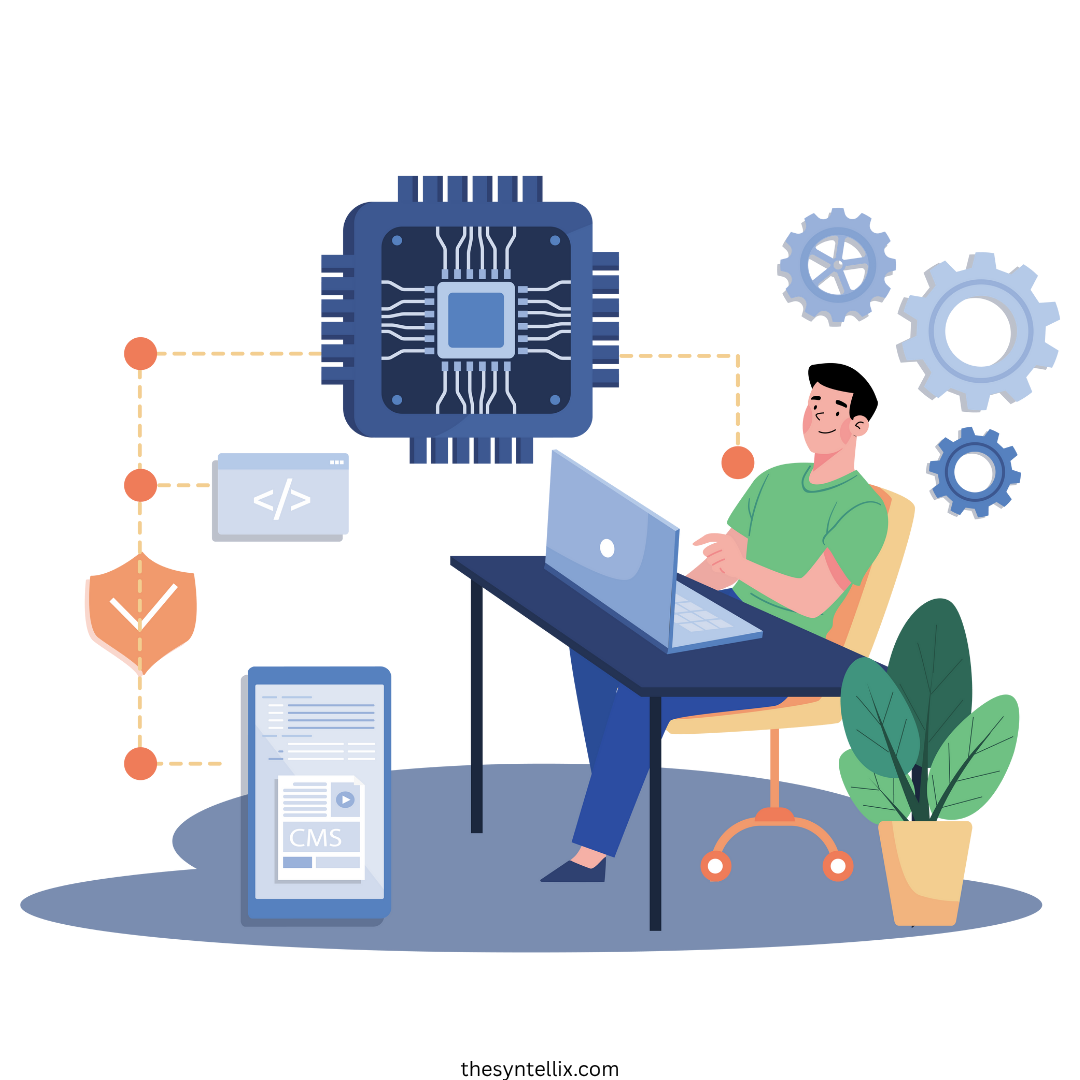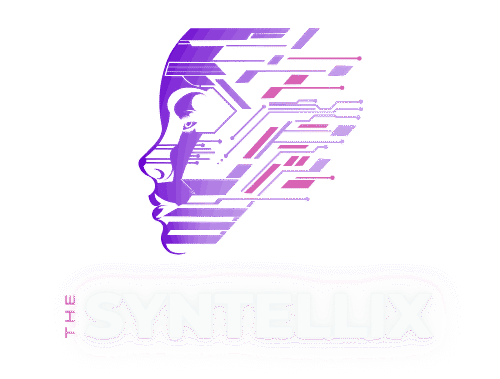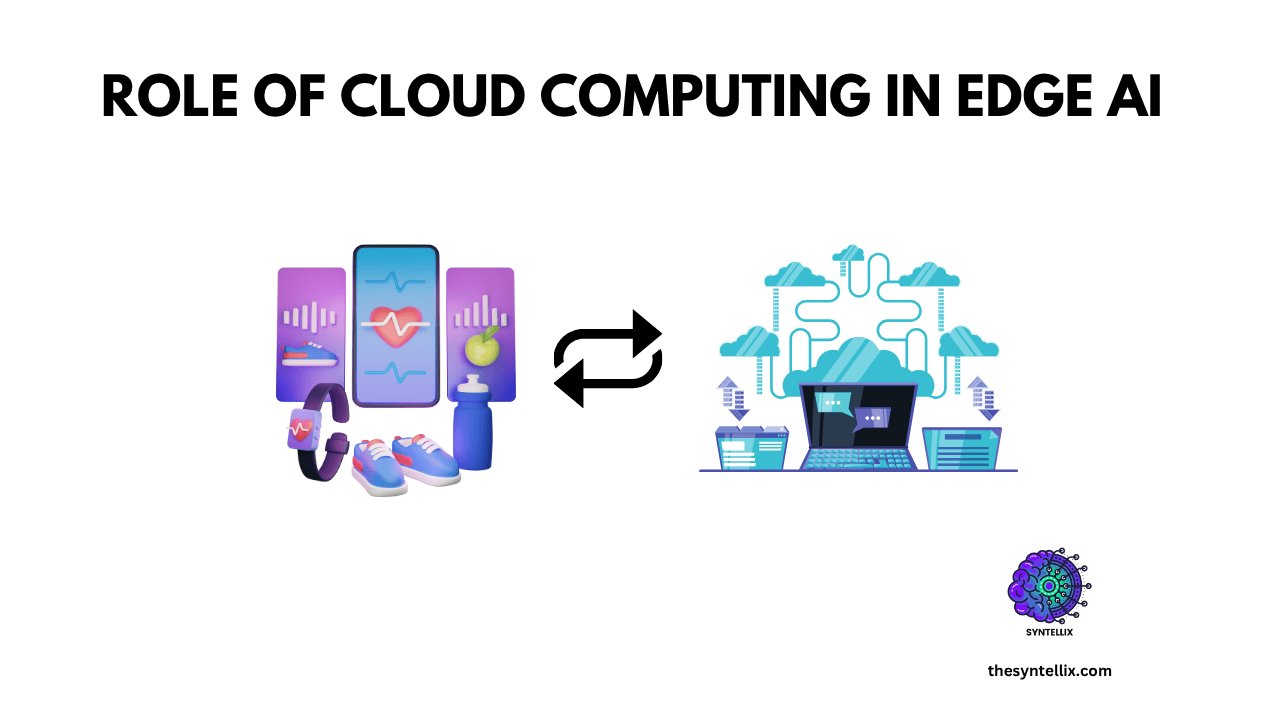You have probably heard people talking about cloud computing and edge AI, but you are curious how they work together. In one line, I can say that, it is the mixture of high computational power and real time processing which results in real-time IoT device..
In this post, you will come to know the cloud computing role in edge ai, technologies they used to collaborate and their collaborative working. Lets explore everything in detail.
Before going straight into the roles, let us first take a brief look at what they actually are.
What Is Cloud Computing?
Cloud computing is basically a massive computer without high computational power, speed and accuracy that lives on the internet. Instead of saving files or running software on your own laptop or office server, you save them into powerful machines somewhere else in the world, owned and managed by companies like Amazon, Microsoft, or Google.
The cloud stores your data. It runs your apps. And it gives you access to tools and resources without the need to buy expensive hardware.
It is just like renting a fully stocked tech lab that you can access from anywhere.

Now, let’s talk about edge AI.
What Is Edge AI?
Edge AI means putting artificial intelligence (AI) directly on devices like smartphones, cameras, drones, or even smart refrigerators. Instead of sending data to the cloud for processing, edge AI does the thinking right there on the “edge” of the network.
Why? Because it is faster. It works even without a strong internet connection. And it’s more private since your data doesn’t always have to leave the device.
For example, when your phone unlocks with your face, the edge AI working behind this.
You might be get confused. Right? If the data is stored locally then why there is need of cloud computing? How they corelate? Lets find out the answer.
Cloud Computing Role in Edge AI
Let’s break it down clearly and explore the key roles the cloud plays in supporting, powering, and improving edge AI systems.
1. Training Edge AI Models in the Cloud
As you know, AI does not just “know” things, it learns from large amounts of data. This learning process is called training.
Cloud computing provides the huge storage space and powerful computers that are needed to train Edge AI models. These models can be trained on data collected from millions of devices, users, or situations. Training AI requires:
- Massive data storage.
- Strong processing power (CPUs/GPUs).
- Scalability to handle growing data.
So, The cloud is where edge AI learns how to make smart decisions and perform well in real time processing.
2. Updating and Managing Edge Devices
Edge AI models need regular updates to stay accurate and useful. For example, a facial recognition system might need to learn new faces, or a smart traffic light system might need to adapt to new traffic patterns.
Cloud computing helps by:
- Pushing new updates to edge devices over the internet.
- Managing devices remotely (turning them on/off, monitoring performance).
- Sending improvements or bug fixes instantly to thousands of devices at once.
This means AI running on devices like cameras, sensors, or robots stays up to date and gets smarter over time. Although as I have mentioned earlier, there is still no need of high speed internet connection always connected to device.
Let me explain it with one real time example.
You may have software updates on your mobile phone daily, weekly or monthly. But, still if you do not update your software, your mobile phone might be working fine without any software interrupt. But, if you update it, you might have new exciting features in your phone.
So, a stable high speed internet is needed only to train the Edge AI model once in a day, or in a week, but not always.
Have you got the point now?
3. Handling Complex or Heavy Tasks
Edge devices are small and have limited power. They are great at making fast, simple decisions (like detecting a face or checking a temperature), but they struggle with large or complex tasks.
Cloud computing can handle:
- Deep data analysis.
- Storing big files or video footage.
- Running large AI models that are too big for edge devices.
So, when an edge device needs extra help, it can send data to the cloud, get the results, and keep working smoothly.
For example: A smart security camera might detect movement locally, but send the video to the cloud for deeper analysis like identifying the person or reading a license plate.
4. Storing and Sharing Data
Edge devices collect a lot of data. While some of it is processed on the device, much of it still needs to be saved or shared with other systems.
The cloud plays a key role by:
- Storing historical data for long-term analysis.
- Sharing data across systems, teams, or locations.
- Backing up data to prevent loss.
For example, in a hospital using edge AI for patient monitoring, the cloud stores all patient records, device logs, and alerts making them accessible to doctors, nurses, and support systems.
5. Enabling Collaboration Between Devices
When many edge devices work together (like in a smart city or smart factory), they need a place to sync, share information, and make decisions together.
Cloud computing acts as the central hub that connects all edge devices. It:
- Collects and combines data from different sources.
- Coordinates tasks and actions between devices.
- Helps devices to learn from each other.
This collaboration boosts accuracy, performance, and overall intelligence.
6. Security and Monitoring
Managing thousands of edge devices can be tricky and risky if you don’t have the right tools.
Cloud platforms help by:
- Monitoring edge devices in real time.
- Detecting unusual behavior or system failures.
- Applying security patches and updates automatically.
This approach keeps the system running smoothly and helps to protect data from cyber threats.
Key Technologies Enabling Cloud-Edge Collaboration
Several technologies help the cloud and edge work as a team:
- 5G Networks: They move data fast between devices and the cloud, almost in real time.
- IoT (Internet of Things): These are the connected devices that gather data at the edge.
- AI Model Compression: This makes big AI models small enough to run on edge devices.
- Cloud Platforms: Services like AWS IoT Greengrass or Azure IoT Edge allow developers to manage devices, push updates, and collect data.
These tools help edge AI learn from the cloud and get smarter every day.
How Cloud Computing and Edge AI Work Together
Here is the collaborative working of Cloud computing and Edge AI:
- Learning in the Cloud: AI models are trained using massive datasets in the cloud.
- Deploying to the Edge: Once trained, the model is sent to edge devices—phones, machines, sensors.
- Local Decision-Making: The edge device makes quick decisions on the spot.
- Feedback Loop: The device sends performance data back to the cloud, where models are updated and improved.
- Repeat: The new and better model is sent back to the edge.
It is a smart loop that keeps learning and improving.
Final Thoughts
Edge AI is the future but it can’t do it alone. Cloud computing provides the muscle and memory that edge devices need to stay smart. Together, they form a powerful team that brings intelligence everywhere from your pocket to entire smart cities.
Next time you see your smart device doing something clever, just remember: there’s a good chance the cloud had a hand in it.
People Also Ask
What is the role of cloud computing in edge AI?
Cloud computing provides the backbone for edge AI by handling heavy model training, data storage, and remote management. While edge devices run lightweight AI models locally, the cloud is used to update models, analyze aggregated data, and scale deployments efficiently.
What is the role of AI in cloud computing?
AI enhances cloud computing by automating tasks, optimizing resource usage, improving data analytics, and enabling intelligent services (like chatbots, recommendations, or fraud detection). It helps cloud providers deliver smarter, faster, and more adaptive services.
What is edge computing in cloud computing?
Edge computing is an extension of cloud computing that processes data closer to where it’s generated—on devices like sensors, cameras, or smartphones—instead of sending everything to the cloud. It reduces latency, saves bandwidth, and enables faster decision-making.
What is the difference between cloud AI and edge AI?
-
Cloud AI runs on powerful remote servers and is ideal for training models and handling large-scale data.
-
Edge AI runs on local devices, using smaller models for real-time processing without internet dependence.
The main differences lie in location, latency, power, and connectivity requirements.

Stay ahead of the curve with the latest insights, tips, and trends in AI, technology, and innovation.

